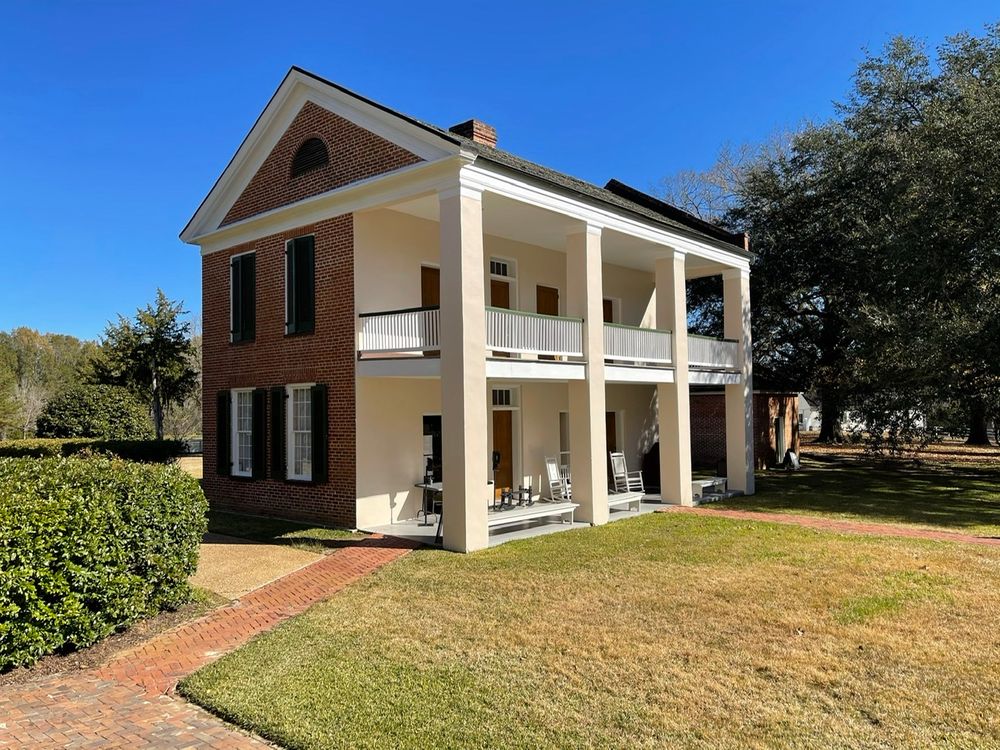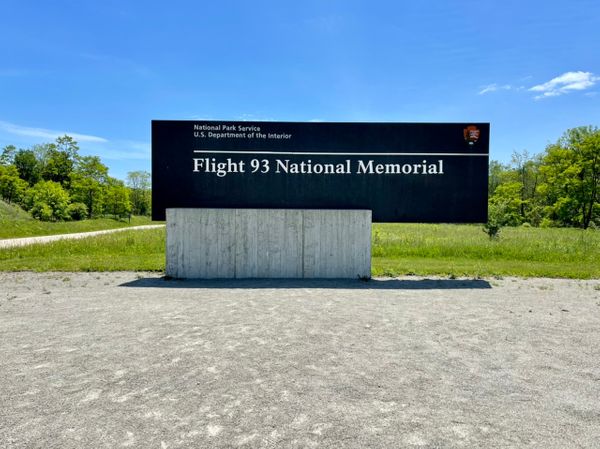Natchez National Historic Park - Melrose
When we left the Natchez Trace National Parkway, I followed signs to what I thought was the Natchez Trace National Parkway Visitor Center and ended up at Natchez National Historic Park - Melrose. I hadn't known about this place before or planned to come here, but I'm glad we did. We learned that there were Natchez American Indians who inhabited the area when the Europeans arrived, which is where the parkway, the city, and this national historic park all got their name.
Melrose is a 132-acre cotton estate that was built by John McMurren in 1841. He moved to Natchez from Pennsylvania in the mid-1820s and had such a successful law practice that he eventually bought five cotton plantations and a whole lot of slaves. At the estate itself, there were 25 slaves by 1861, when the Civil War started.

The enslaved people on the plantation along with some free whites built this estate with its Greek Revival mansion and a bunch of other buildings where the enslaved people and livestock lived over the course of eight years. The family moved into the house in 1849. They lived there until 1865 when the Civil War ended, then moved in with Mrs. McMurran’s mother at her estate after their daughter and two grandchildren died of disease during the Civil War.
Melrose was sold to the Davis family in 1865 then to the Callon family in 1976. They started giving tours in 1932, and that continued right up until the National Parks Service acquired the property in 1990. Normally, you can tour inside the buildings for a fee (would have cost us $20, but they didn't charge anything just to walk around the grounds). The National Parks Service website says that Melrose "represents one of the most completely preserved antebellum estates in Natchez with many original furnishings and outbuildings."
There was a ranger working in the park office, but she had put the brochures, pre-stamped papers for the national parks passports, and junior ranger badges and booklets out on a table so visitors didn’t have to go in. We were able to talk to her through the window, though.
The bathrooms were not open. We didn’t stay long; the kids weren’t really interested in the buildings or grounds and there wasn’t much else to see.
The Natchez National Historic Park is actually bigger than just Melrose, which we didn't realize at the time. There are actually three sites, all properties owned by the National Park Service, that make up the park. The other two are the William Johnson House and the Fort Rosalie site. There's also a larger preservation district in the Natchez area. Together, these various sites document the region's "social political, and economic development, particularly in the pre-and-post Civil War era's," as the NPS website says. On our next visit, we'll have to tour the inside of Melrose as well as check out the other parts of this park and learn more about cotton, slavery, and the history of the region.



